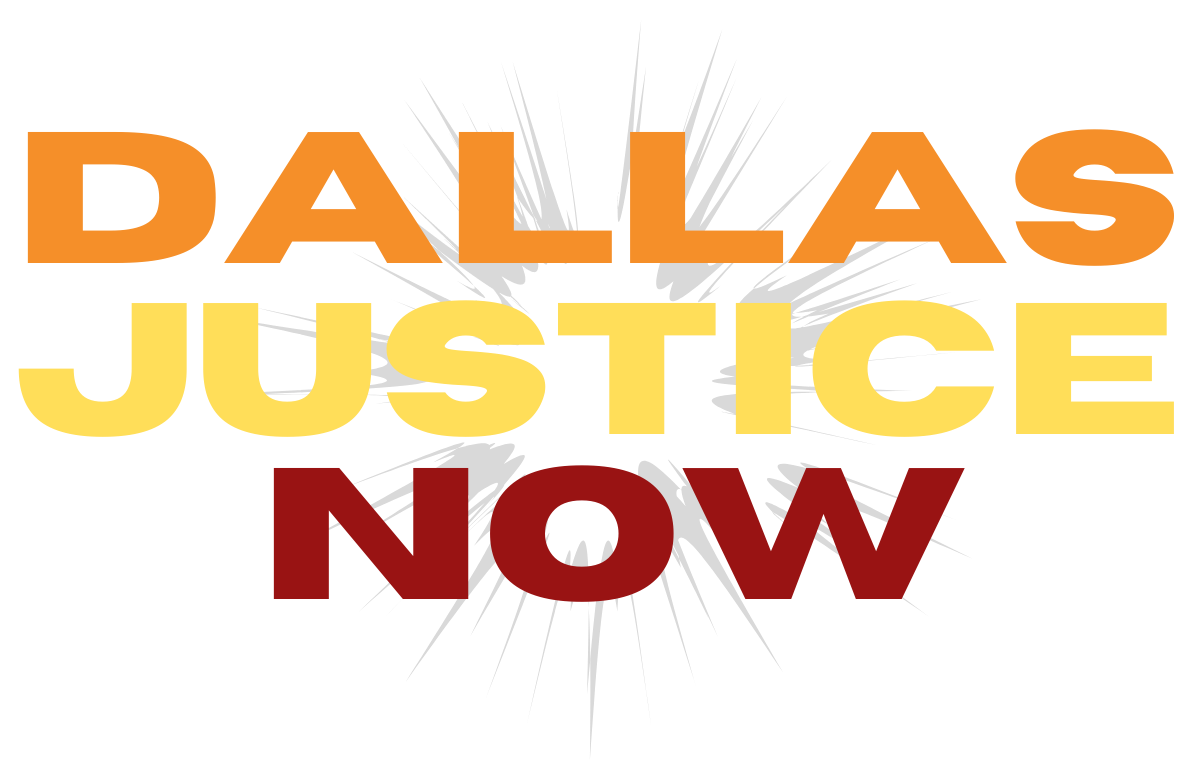Intersectionality Approach
So what does it look like when we approach justice from an intersectional perspective?
“An intersectional approach acknowledges systemic discrimination due to sexual orientation and identity, gender and gender identity, race, economic status, immigration status, national origin, and ability, among other aspects of one’s identity, and that this systemic discrimination impacts access to opportunity. However, recognizing these multiple, systemic barriers to opportunity and multiple forms of prejudice is only the first step in adopting an intersectional approach.
In the real world, people are often subject not only to discrimination based on multipleaspects of their identity such as their race, gender, and immigration status, but also to discrimination unique to the “intersection” of their identities. So, for example, the stereotypes and obstacles faced by a Latina immigrant differ from those faced by women ofother races, native-born Latinas, or immigrant Latino men. Intersectionality goes beyondacknowledging the multiple forms of discrimination, and recognizes that the different forms of discrimination may intersect with each other and result in overlapping and reinforcing barriers to opportunity. These overlap- ping systems result in unique forms of discrimination that only impact those in that particular community. An intersectional approach might include focusing on the unique challenges that those who sit at the intersections of overlapping systems of discrimination face, such as Black immigrants (who face both racial discrimination and discrimination because of their immigration status) or homeless transgender young people (who face discrimination because of their gender identity, age, and housing status).
Intersectionality requires recognition of the voice of those most directly impacted, because they are frequently excluded from mainstream conversations. Valuing voice means lifting up, promoting, and supporting the leadership and storytelling of those most affected by policies and practices and centering their substantive suggestions and values into any given project and media advocacy. Impacted communities have direct experience that makes them thought leaders in the movement for social justice. Valuing voice allows thosewho are affected by policies to play a substantial role in building their own story.
When speaking about issues, it is critical to recognize that there are multiple voices within a movement; that there is no singular way of experiencing an issue; and that various voicesand perspectives need to be considered in order to make real, lasting, and equitable change. For example, when speaking about the need to promote accountable policing, advocates should be mindful to uplift the experiences of Native American individuals, transgender communities, and women to ensure that the movement is inclusive, as their experiences within the system are often different, play into different narratives, and require different policing solutions. The “success” of an intersectional approach may be as simple as ensuring different voices are included in the dominant discourse about an issue, oridentifying ways that different communities experience policies and laws.
An intersectional approach recognizes the importance of family, and that families are defined by those creating and sustaining them. Assessing whether there are unique impacts on the family allows for policies that ensure that those they care for the most are protected. Furthermore, women often play an integral role as care providers to children and other family members, and it is important to recognize all family structures and kinds of parents regardless of sexual or gender identity, marital status, age or biological connection to children (in the case of adoptive families, grandparents raising kids, step-parents, etc.) inmaking this assessment.
We should encourage our government to be transparent and accountable. One way to do this is to require data from government actors. This data can be disaggregated by age, race, religion, sex, gender, gender identity/expression, housing status, sexual orientation, HIV status, ethnicity, sexuality, immigration status, national origin, and religious affiliation, depending on the actor and the accountability needs of the community. Often data is unable to tell the story of communities that sit at the intersections because the data only focuses on singular aspects of their identity. Highlighting the importance of disaggregated data ensures that the experiences of communities with intersectional identities are not missing and can be uplifted. It protects the voices of those who are directly impacted by ensuring their unique experiences are recorded.
Intersectionality should highlight the importance of community. Community is a salient value for many Americans. Intersectionality recognizes this connection to community and amplifies the importance of ensuring that all members of the community are respected and enjoy access to opportunity. We should strive to include everyone in our work towardpromoting social justice. We are all in the fight together and should develop narratives thatensure that none of us get left behind. Building community and encouraging alliances, coalitions, and looking out for each other will help us solve problems.”
(excerpts from https://www.opportunityagenda.org/explore/resources-publications/ten-tips-putting-intersectionality-practice)
